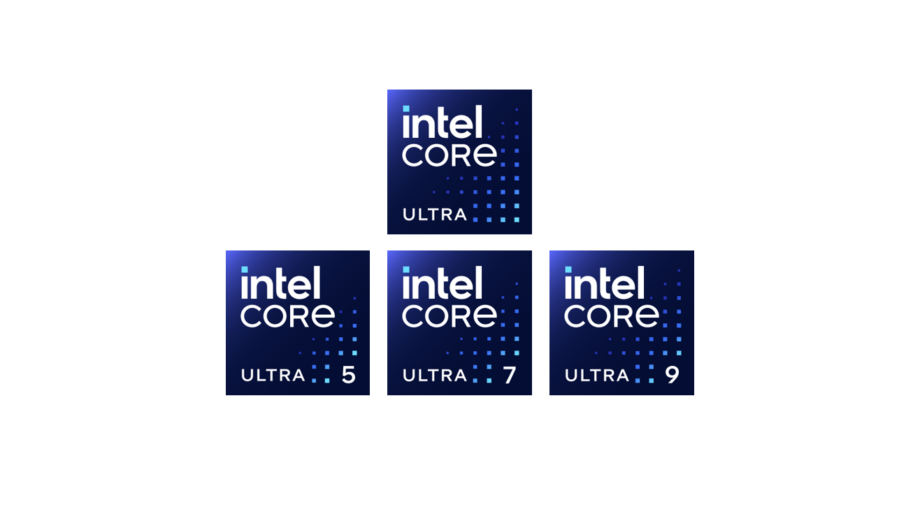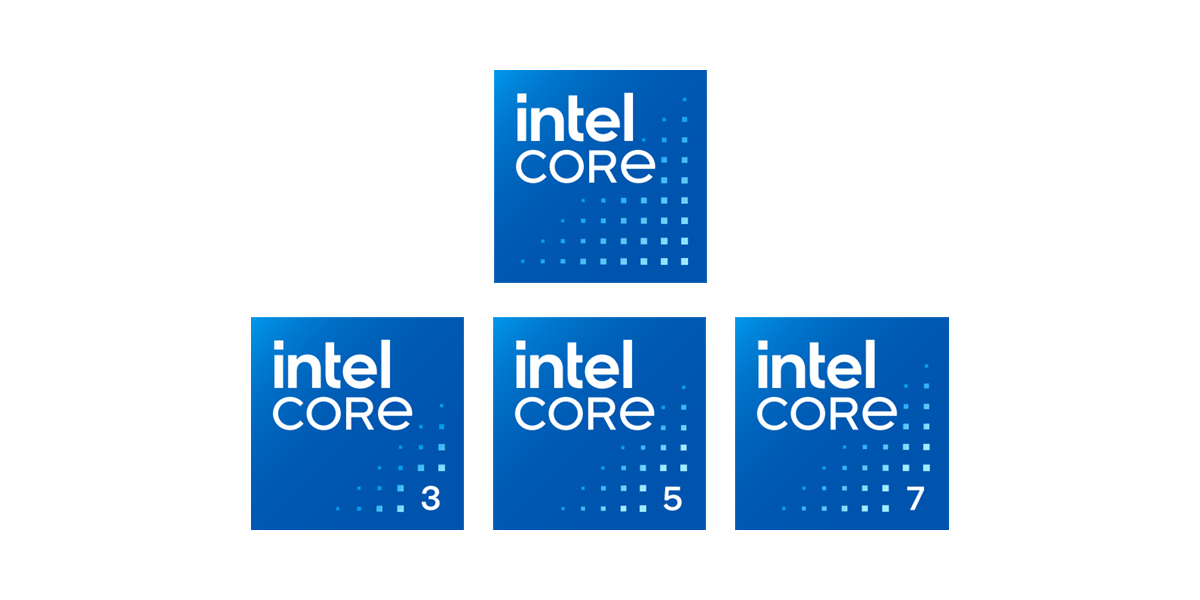What is Intel Core Ultra? The Meteor Lake naming scheme explained

Intel has just announced a big rebrand for its lineup of processors, with new Core Ultra and Core naming schemes at the forefront. Whether the changes will make things easier for consumers is unclear, but here’s all we know right now.
Intel’s new naming convention represents a big shift in how processors from the brand will be showcased, and it’s not limited to the new Core Ultra chips. Intel Core branding will remain for mainstream chips and the branding will also be used for Intel graphics products too.
Intel is yet to give a full explanation of the difference between the new Intel Core Ultra and Intel Core series chips and how they line up with previous generations but, for now, here’s all we know about Core Ultra.
What is Intel Core Ultra?
Core Ultra is the new name for premium processors from Intel. The new lineup will start with Intel’s Meteor Lake chips, which would’ve previously been dubbed 14th Gen, and is launching in the second half of 2023. With Core Ultra, and the next generation of regular Intel Core chips too, Intel is resetting and deprioritising its generations. Core Ultra will run across desktop and laptop CPUs.
You’ll see i5/i7/i9 replacing with 5/7/9 branding as seen in the aforementioned example. Intel Core chips will ditch i3/i5/i7 for 3/5/7. Intel says that U/P/H-series branding will remain. As such, it remains unclear what the key differences will be between Intel Core and Intel Core Ultra chips, with Intel currently only stating that Core Ultra represents a “premium” brand and Core is a “mainstream” brand.
Along with the removal of the “i” branding, the generation will no longer feature at the start of the name. Instead of the 14th Gen Intel Core i9 14900H, as we would’ve expected to see with the 14th generation Meteor Lake chips if the branding had remained the same, you can expect to see chips along the lines of Intel Core Ultra 9 1900H – this is simply an example provided by Intel and not a confirmed product. This style is the new norm for Intel chips and will continue beyond Meteor Lake.
With the crossover in 5 and 7 branded chips, it’s unclear how those will differ between Core and Core Ultra. We don’t know if we may see, for example, an Intel Core 5 1500P chip as well as an Intel Core Ultra 5 1500P, and what the difference between those products would be.



According to Intel, this new branding is “beginning at the launch of Intel Core Ultra processor to highlight a significant shift in architecture and design”. Caitlin Anderson, Intel vice president and general manager of Client Computing Group Sales, says Meteor Lake is, “focused on power efficiency and AI at scale”. To that end, these will be the first consumer chips from Intel to feature its dedicated AI engine, Intel AI Boost.
Meteor Lake is the first series of chips that are manufactured on the Intel 4 process node – another confusing bit of branding from Intel that obscures the nanometer process of its processors. Intel 4 equates to a 7nm process. A lower nanometer processor typically represents a significant boost in power and efficiency, but we’ll test this for Intel Core Ultra when we get around to testing one of these chips ourselves.

With this changing of naming scheme, Intel is also updating its Evo branding. Devices that live up to the required “Evo” standards will now be referred to as “Intel Evo Edition” laptops, rather than simply donning an “Intel Evo” logo.






